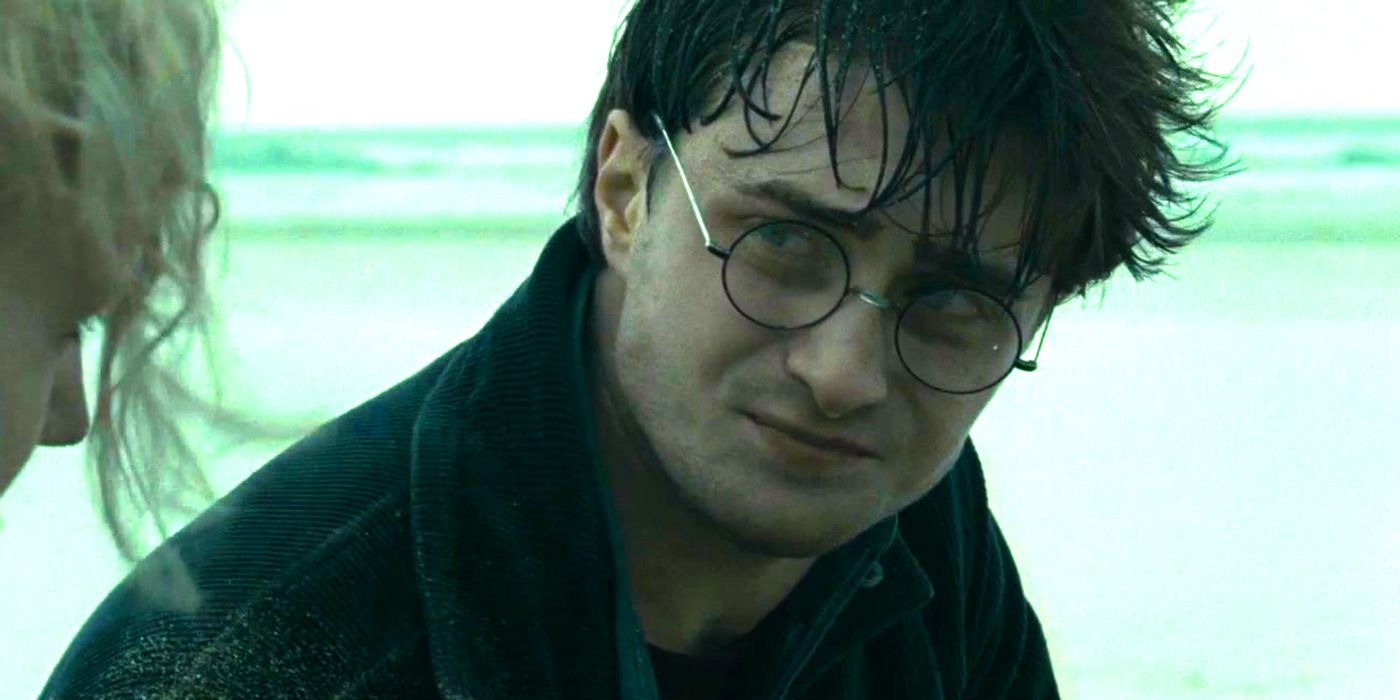Summary
- Director David Yates faced the challenge of crafting a satisfying two-part split for Harry Potter and the Deathly Hallows, as the first part didn’t have a third act.
- Part 1 was designed as a road movie to take the characters out of their safe place and test their growth, while Part 2 served as the climax and fireworks of the final confrontation.
- The natural split in the story allowed Part 2 to expand on character arcs and provide a satisfying conclusion to the beloved franchise.
After having sparked a trend a popular trend in YA adaptations, director David Yates reflects on the biggest challenge of Harry Potter and the Deathly Hallows‘ two-part split. The seventh and final novel in J.K. Rowling’s iconic fantasy novel franchise made its way to the screen in 2010 and 2011, with Yates and the creative team behind prior adaptations electing to split the book into multiple installments. The plan worked in their favor as both Harry Potter and the Deathly Hallows — Part 1 and Part 2 were critical and commercial hits, with the latter being Warner Bros.’ highest-grossing movie until Barbie.
During a recent interview with Collider for the Netflix thriller Pain Hustlers, David Yates reflected on his time in the Wizarding World franchise. When asked about the challenges in putting his movies together, having helmed seven to this date, the director specifically looked to the Harry Potter and the Deathly Hallows movies, recalling the challenge of crafting a satisfying two-part split for Rowling’s final novel. See what Yates explained below:
Oh, that’s a good question. Probably [Harry Potter and the] Deathly Hallows: Part One, which is one of the Potter films. The great challenge of that film was it didn’t actually have a third act. It kind of ran out of steam halfway through, and Mark [Day] and I would often sit there kind of figuring it out and saying, “This movie doesn’t have a third act. How are we gonna…? Hang on, this is crazy. It doesn’t have a third act.”
Those two movies, Part One and Part Two, the idea was the first one was a road movie that was very sort of, like, take the kids out of the school, put them in jeopardy outside of that safe place, and see how they grow up, and their relationship is tested. But then you go straight into the climax and the fireworks to the final one. So, we noodled Part One to bits to try and feel that the end of the movie had an escalation when, in fact, it’s Jazz Hands. [Laughs] There’s not much going on at the end in the second half of the movie, and I say that with great– People still say to me, “My favorite film is Hallows: Part One, mate. That was so amazing. It felt like a European road movie.” And I’m going, “Yeah, but the work we did in the edit was unbelievable.”
Why Deathly Hallows Remains The Best Two-Part Movie Split
Following its successful release, many studios would follow WB’s playbook by splitting up the final installments in their YA franchises into two parts. At the same time, Summit Entertainment was finding similar commercial success in their decision to divvy up The Twilight Saga: Breaking Dawn into two movies, with the pair grossing a combined $1.561 billion in spite of their poor reviews. Lionsgate attempted to follow suit with both The Hunger Games: Mockingjay and The Divergent Series: Allegiant, though the former saw some of the lowest box office returns for its franchise while the latter bombed, resulting in the cancellation of its second part.
While Breaking Dawn‘s 700-plus-pages source material makes for a better argument to divide its plot into two, the others found themselves criticized by even fans of their respective books due to their stories being short enough to pack into one movie. Deathly Hallows sits in the higher range of its competition as far as its book’s length was, with its first edition sitting at over 600 pages.
The other major benefit the Harry Potter and the Deathly Hallows movies had was a natural place in the books in which to split up the story, ending Part 1 right as Dobby was killed by Bellatrix and Voldemort successfully retrieved the Elder Wand. This allowed for Part 2 to continue to expand on the character arcs put in place by both its predecessor and the entire franchise before it, but to also deliver a properly satisfying conclusion to the movies audiences had fallen in love with across a whole decade.
Source: Collider
